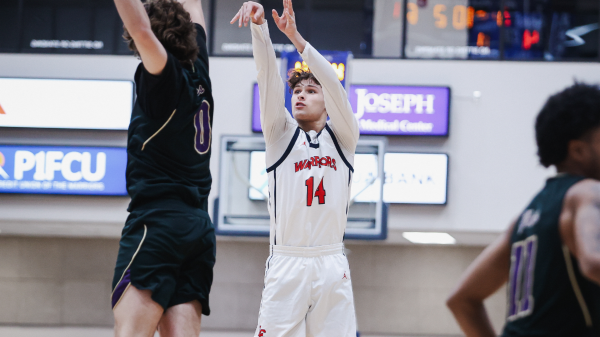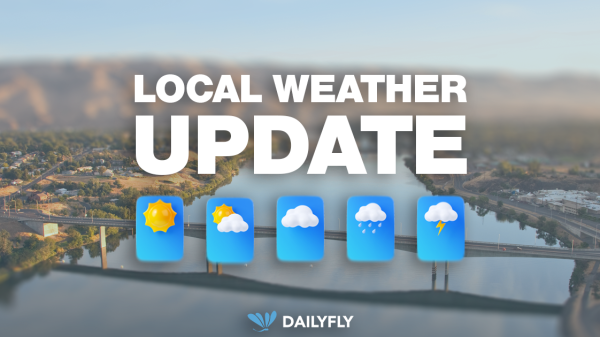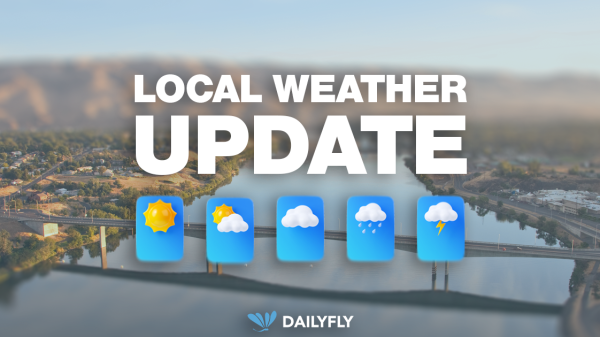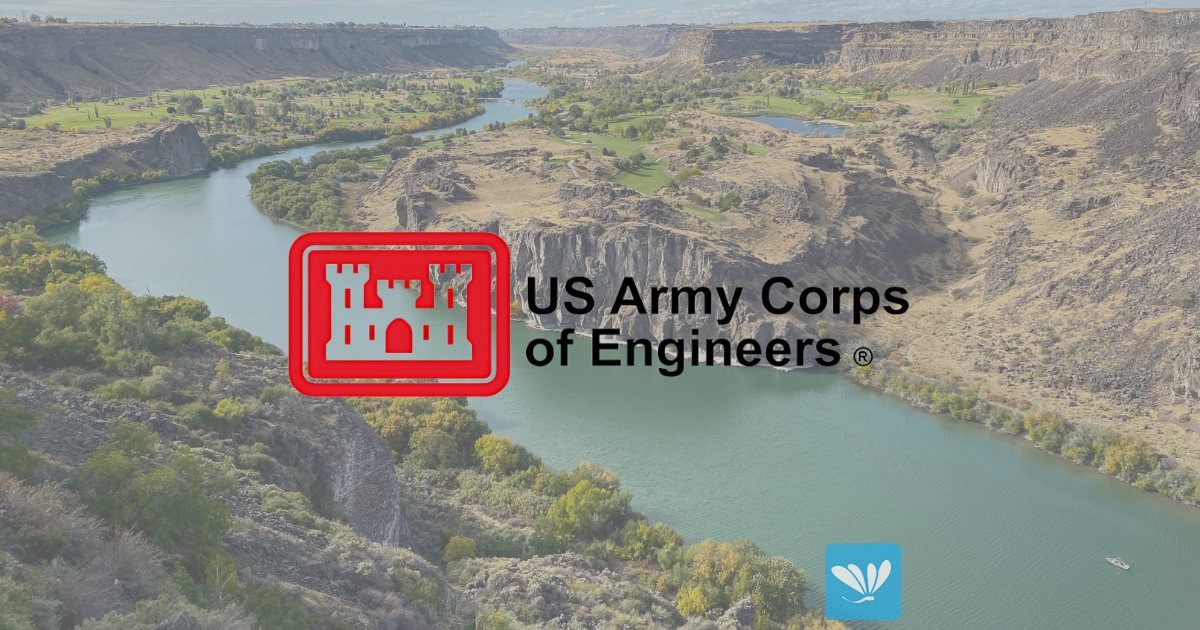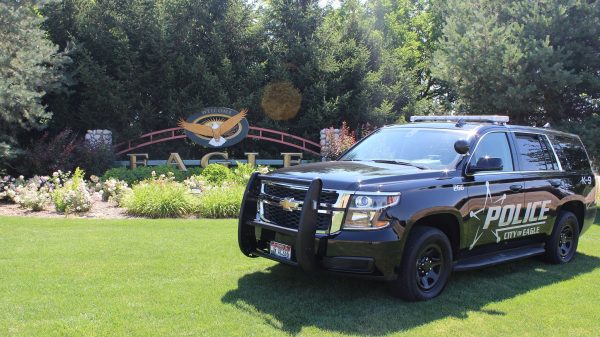(WALLA WALLA, WA.) – The U.S. Army Corps of Engineers has put the following guidelines in place for the continued safe passage of recreational craft through the navigation locks at McNary, John Day, The Dalles, and Bonneville dams on the Columbia River, and Ice Harbor, Lower Monumental, Little Goose and Lower Granite dams on the Snake River:
- All vessel owners/operators lock through at their own risk and must comply with the USACE Safe Lockage Policy.
- Lockage shall be provided to “seaworthy” craft. Lockages are not permitted to swimmers, inner-tubers, windsurfers, etc. Seaworthy craft must meet all United States Coast Guard requirements, and in particular, requirements for Personal Flotation Devices, and fire extinguishers. Vessels must carry mooring lines for lockage.
- USACE policy requires each individual in a recreational craft to wear a PFD while locking the craft at USACE facilities. The PFD must be zipped, closed, latched, etc. in a closed fashion and must be worn for the duration of the lockage. Wearing a PFD is not required if the individual is in an enclosed cabin or cockpit. All persons on the craft not involved in securing or releasing the craft must remain seated while locking the craft.
- On the Columbia and Snake Rivers, motor power is critical to a safe and expeditious lockage. Non-motorized recreational craft (e.g. row boats, canoes, and kayaks) may lock through if moored to an assist vessel that is qualified for lockage, all passengers are on board the assist vessel, and such configuration would not adversely impact the stability or maneuverability of the assist vessel. The lockage acceptable configuration must occur prior to entering the approach channel and must remain that way upon departure until reaching a safe area beyond the approach channel. The upstream and downstream approach channels are defined as the areas adjacent to the lock guide walls. The Government does not provide assist vessels.
- Personal watercraft of the “stand-up” variety, (those that require the vessel to be moving for the operator to be out of the water, such as jet skis), may lock through in accordance with the guidance for non-motorized recreational craft stated above.
- Upon arrival at a lock, if recreational crafts encounter a lockage in progress, the vessel(s) desiring lockage should move to a safe area outside the upstream or downstream lock approach channels until those channels are cleared by the locking vessel(s) and contact is established with the lock operator.
- Refer to the seasonal Recreational Lockage Schedule published separately for recreational vessel lockage times.
The most hazardous aspect of using navigation locks is in the approach and departure. Tugs with barges have large blind spots that inhibit the operator’s ability to see small vessels and limited maneuverability around the lock approaches. Water around lock approaches is often turbulent due to high winds and strong currents. Therefore, the portage of non-motorized recreational craft and other vessels unsuitable for lockage is the preferred method of transport around the dams.
For additional information, call (503) 808-5419 (John Day, The Dalles, Bonneville) or (509) 527-7364 (McNary, Ice Harbor, Lower Monumental, Little Goose and Lower Granite).

































